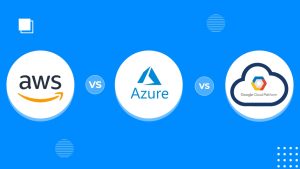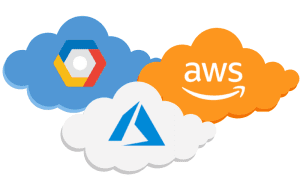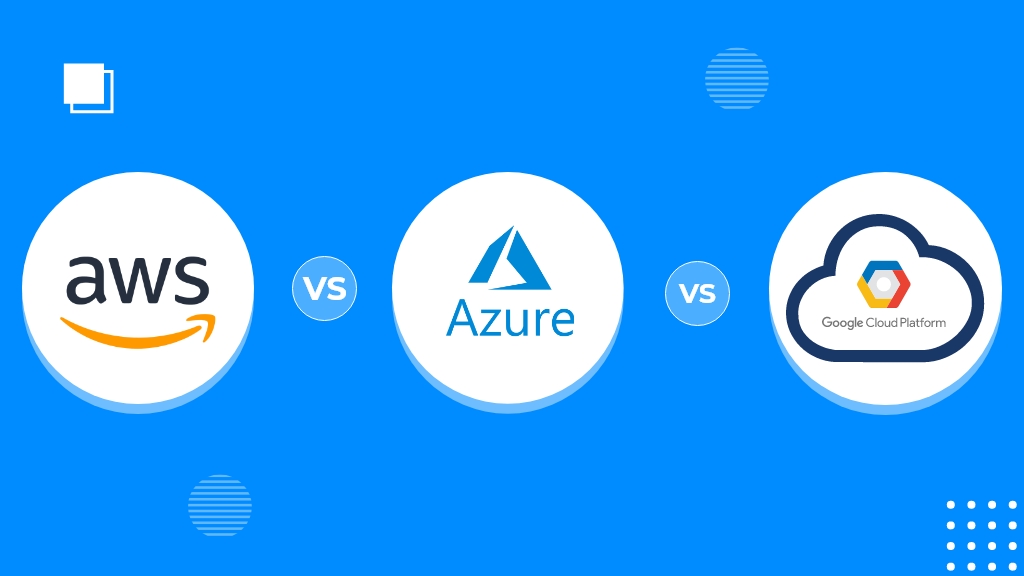
Some readers may be surprised to learn that cloud computing is not strictly a 21st-century phenomenon. In fact, the concept of shared services came about in the 1960s. There were data centers running on IBM mainframe computers where customers could process and store data.
Virtual Private Networks started appearing in the 1990s and these offered similar shared services but at a reduced cost. This was also roughly when the cloud symbol was adopted. The services continued to evolve into what we know today.
What is cloud computing?

What the cloud has become now is the delivery of IT services across the internet. The term “as a service” denotes IT resources that can be procured on a subscription basis. Customers do not need to own the infrastructure or manage the data. This is all done by the service provider.
The main benefit is cost. Customers pay only for the resources they use. There is no spare capacity outlay that may never be used. There are no fixed salaries to pay for IT professionals who may not be fully utilized. During the early 2000s serverless applications started becoming common.
The top three service providers

Although there are numerous players in the cloud computing space, three are widely recognized as the top providers. These three are Amazon Web Services, Microsoft Azure, and Google Cloud Platform. Alibaba in China is another major player but this is in a closed market and hence it doesn’t rank on an equal footing.
Amazon Web Services

Founded in 2002, AWS is considered the leader in Infrastructure as a Service (IaaS). The portfolio of services, however, is vast. And, AWS offers more than 100 products or services free of charge. Some are totally free and others just for 12 months or on a limited trial basis.
The free offers are sufficient to allow customers to run their cloud computing almost entirely free of charge for the relevant trial period. The website has a pricing calculator that allows you to get an estimated before committing to any expense. There are also various cost management services available. It’s no wonder that AWS is the industry leader, then.
Microsoft Azure

MS Azure is rated at number 2 by ZDNet. Azure provides a range of popular products free for 12 months. Services include data storage, networking, databases, and more. The free products all have certain usage limitations. The limits are quite generous and sufficient for all but the biggest users. After the trial period, clients have the option to continue on a pay-as-you-go basis.
Google Cloud Platform

ZDNet ranks the Google Cloud Platform at three. As with AWS and Azure, Google Cloud offers free trial access to the entire product range for a limited period. A $300 credit is provided for the purchase of paid products and services during the first 90 days. At the end of the trial period, users have to manually upgrade to the paid products to continue using them.
In closing
Overall, there is very little to choose between the three providers. They’re all capable of providing everything you need. They all offer a free trial period on most or all the products you might use. At the end of the day, the choice is entirely personal.
At ALEAIT SOLUTIONS, you can speak to professionals who can guide you and analyze your needs. We are certain that we can help you make an informed choice.
Content credit-




